A river is a regularly flowing, normally tidal body of water that flows into an ocean, sea, lake, or another shore. In certain instances, a river flows through the field and becomes dry at the end of its course without touching any body of water. Here we will be providing you the answer to the Top 10 longest rivers in the world? Check the list below, which will give you detailed information about the longest rivers.
1. Nile River
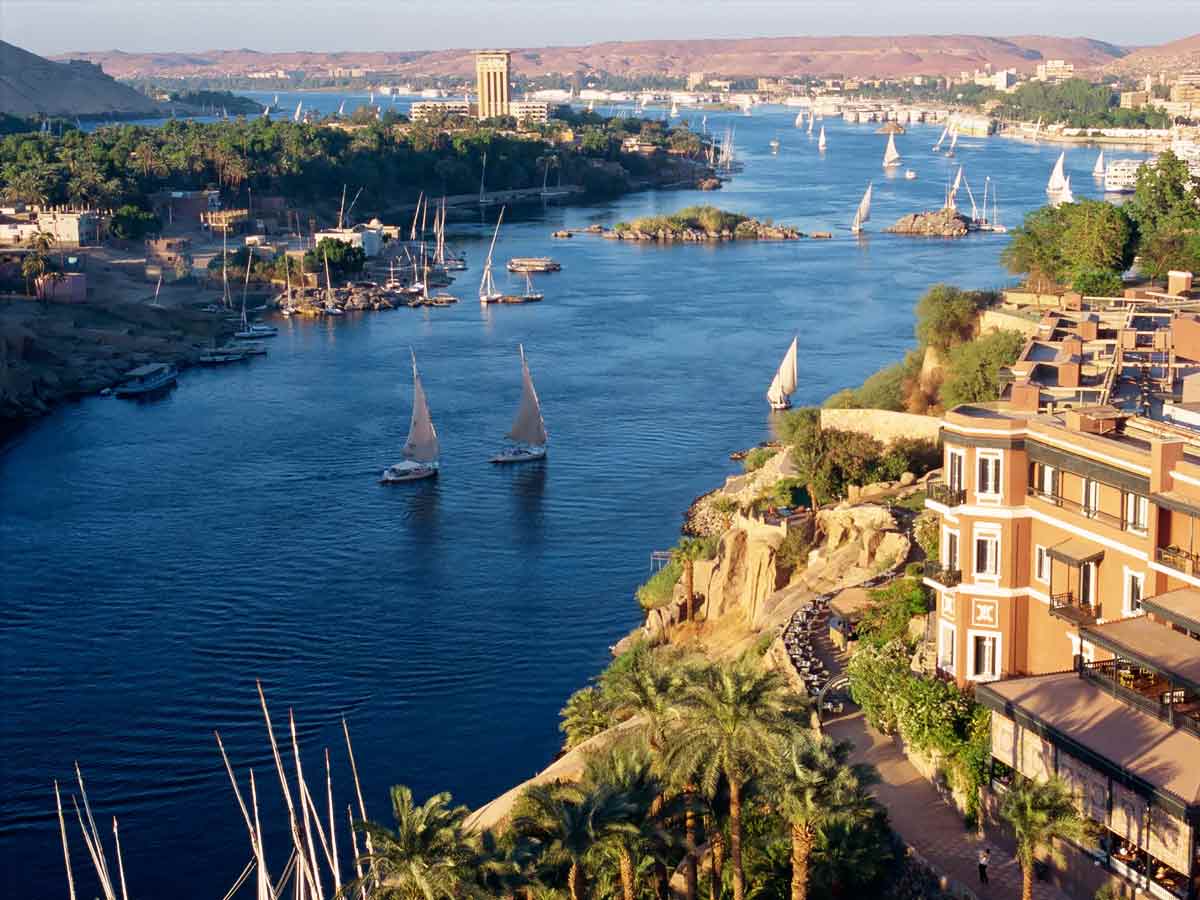
The Nile River, which flows across Africa, is 6,853 kilometers (4,258 miles) broad and is therefore widely regarded as the world’s oldest and longest river. Tanzania, Uganda, Ethiopia, Eritrea, South Sudan, Sudan, Rwanda, Burundi, Congo-Kinshasa, Kenya, and Egypt connect this river and its water supplies.
Its presence in ancient times was closely linked to the rise of development and civilization in the Near East. It served as the primary source of irrigation and freshwater for multiple Egyptian royal families. It is also Egypt’s and Sudan’s key source of water today. The Nile’s standard source is Lake Victoria, but Victoria itself has many large feeder rivers. The White Nile and the Blue Nile are their two major waterways.
2. The Amazon
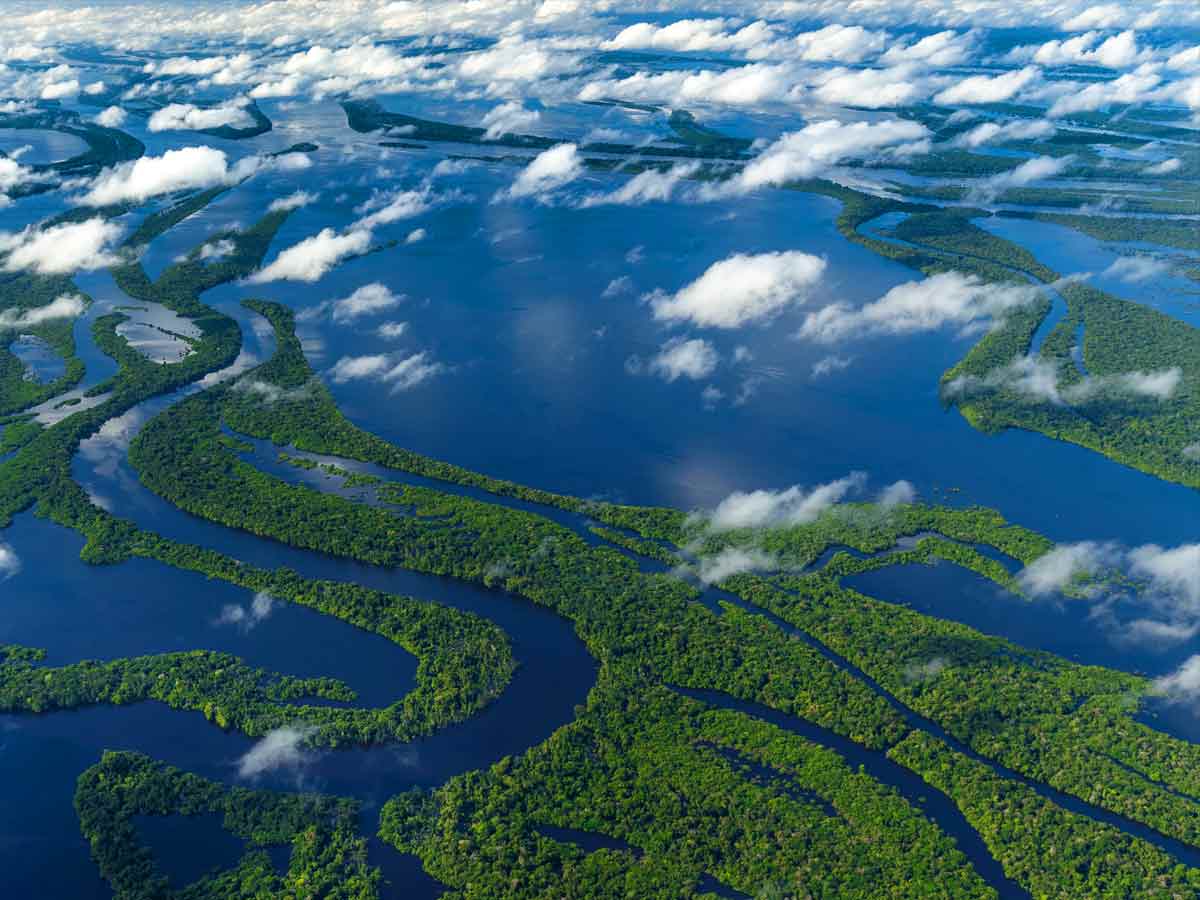
The Amazon River is South America’s longest river and the world’s highest river in water flow. This river is linked to several major river systems in Colombia, Ecuador, and Peru. It is also the world’s second-longest river, measuring approximately 6,437 kilometers (4,000 miles).
However, Brazilian scientists reported having discovered the Amazon’s most distant source in the Andes. This source appears to be a glacial stream flowing from the peak of Nevado Mismi in the Peruvian Andes, about 700 kilometers (430 miles) southeast of Lima. If this is right, the Amazon is the world’s longest river at 6.800 kilometers (4,225 miles).
3. The Yangtze
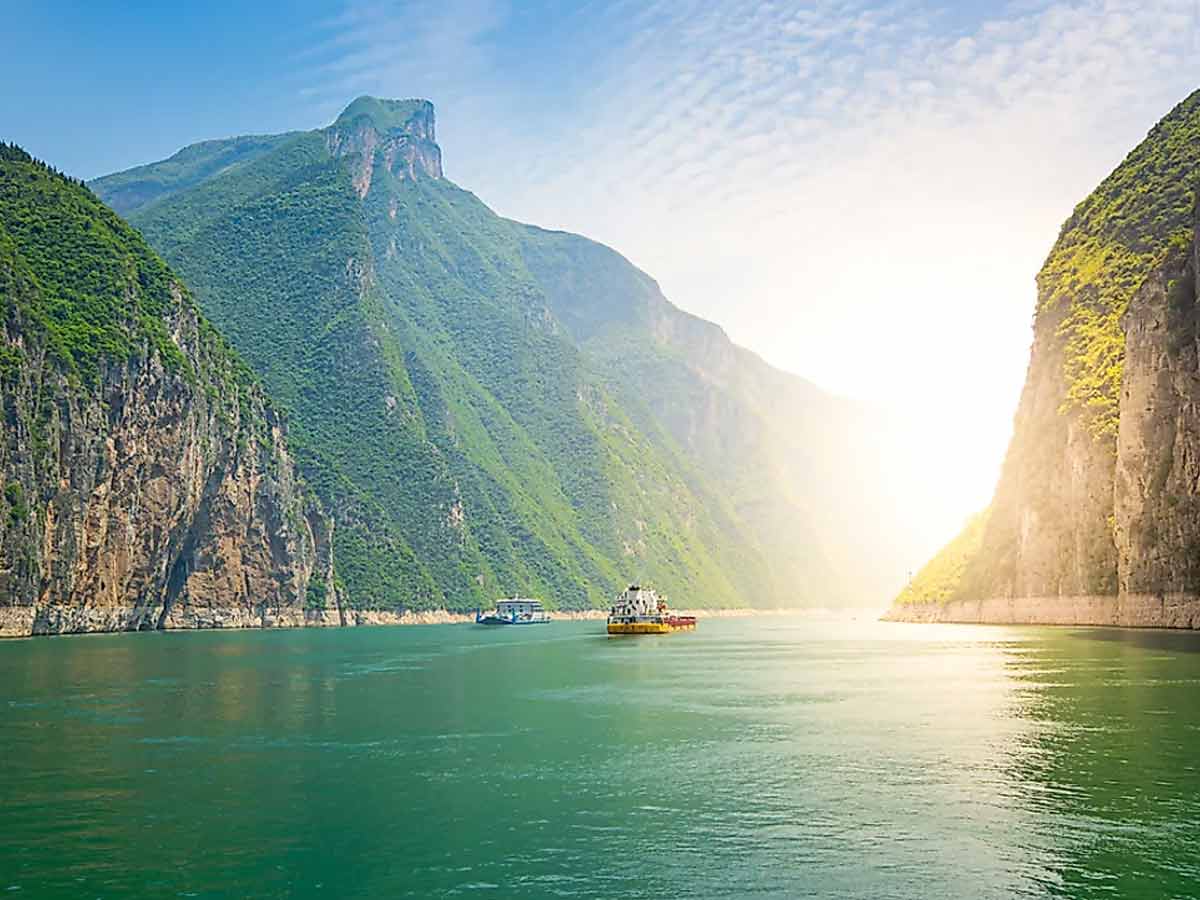
The Yangtze or, as it is called in China, the Chang Jiang River is the world’s third longest river. The Yangtze River is Asia’s longest river, measuring 6,380 kilometers (3,964 miles). It rises in Qinghai province from the glaciers of the Qinghai-Tibet Plateau, flows eastward through the southwest, central, and eastern China, and empties into the East China Sea at Shanghai. The Yangtze River has played an essential role in China’s history, culture, and economy. It continues to do so today. In addition to passing across multiple habitats in China, its presence was critical to human settlement, agricultural growth, and economic development.
Today, the thriving Yangtze River Delta produces up to 20% of China’s GDP. The Three Gorges Dam, situated on the Yangtze River near Sandouping, is the world’s largest hydroelectric power station. Some parts of the river have now preserved nature preserves due to the effects of human infrastructure.
4. The Mississippi-Missouri-Jefferson
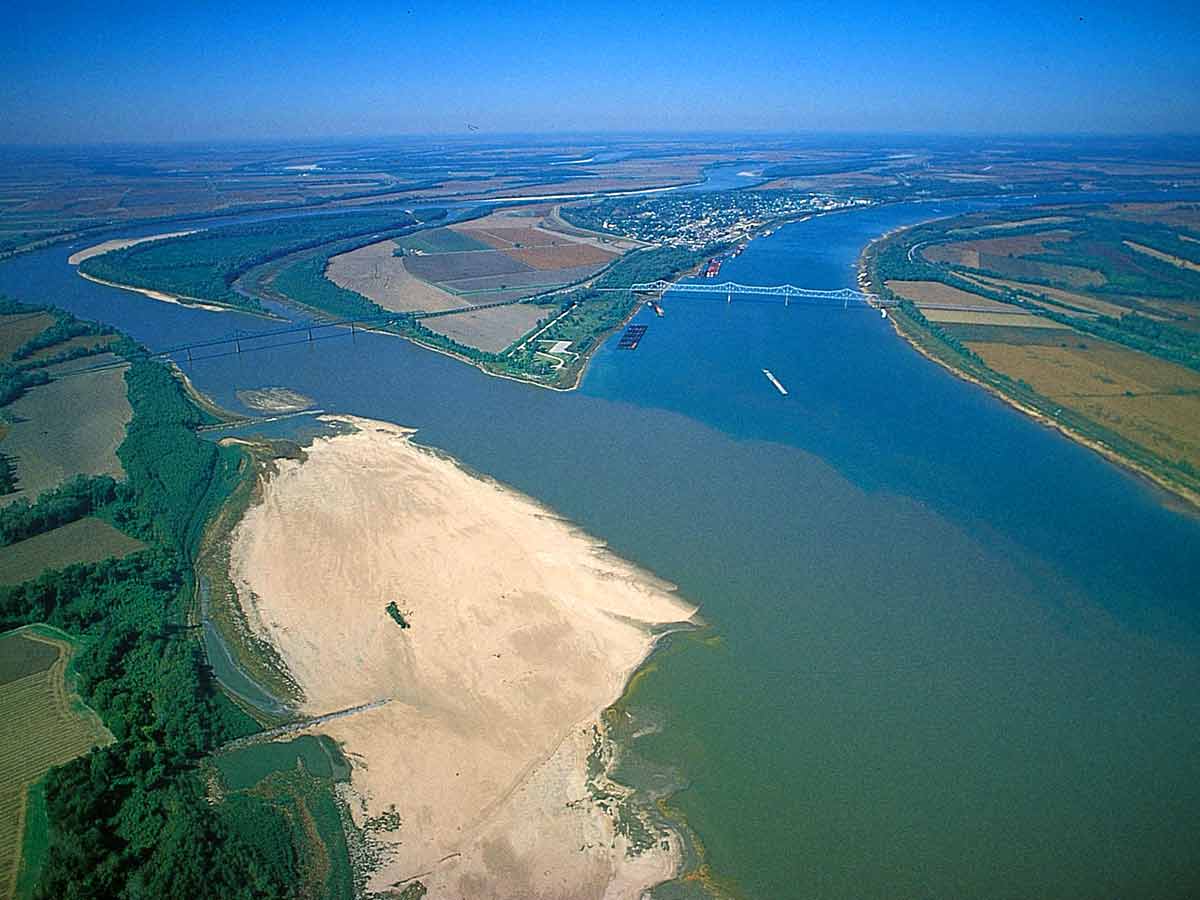
The Mississippi-Missouri-Jefferson Waterway is the world’s fourth longest and fastest River and the longest river in the Americas, spanning 6,275 kilometers (3,902 miles). Although each river would not rank in the top five if viewed separately. These three rivers are merged as one since the Missouri River joins the Mississippi near St. Louis, and Missouri connects to the Jefferson River in Montana.
The Mississippi River, on the other hand, flows north-south, beginning in northern Minnesota and meandering south for 3,730 km (2,320 miles) until it reaches the Mississippi River Delta in the Gulf of Mexico.
5. Angara River
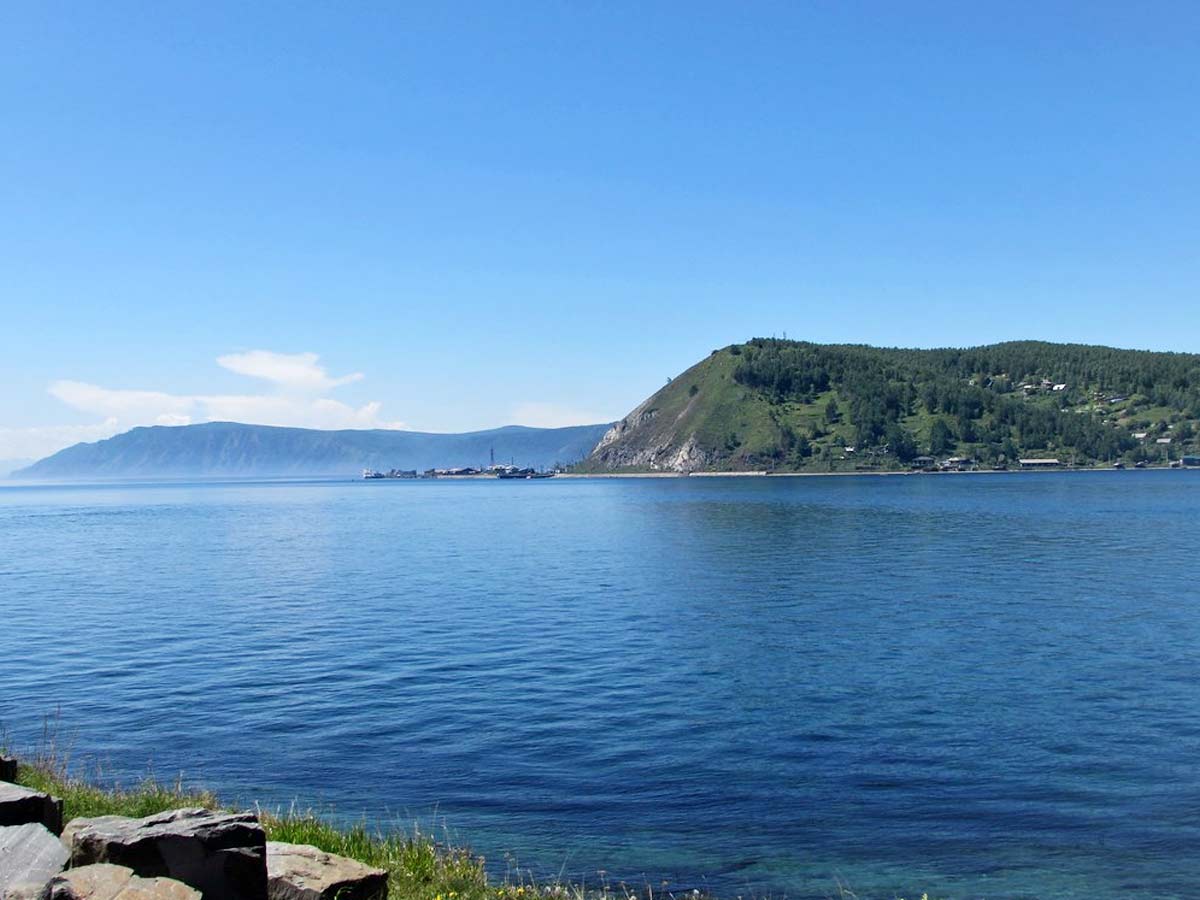
It is a big river in Siberia that flows through Irkutsk Oblast and Krasnoyarsk Krai in Russia. It drains Lake Baikal and is the Yenisey’s headwater tributary. It stretches for 1,849 kilometres (1,149 miles) and has a drainage basin of 1,039,000 square kilometres (401,000 sq mi). Previously, it was called snd regarded as the Lower or Nizhnyaya Angara. (It was formerly known as the Upper Tunguska (to differentiate it from the Lower Tunguska) and, with the names reversed, as the Lower Tunguska.
6. Yellow River
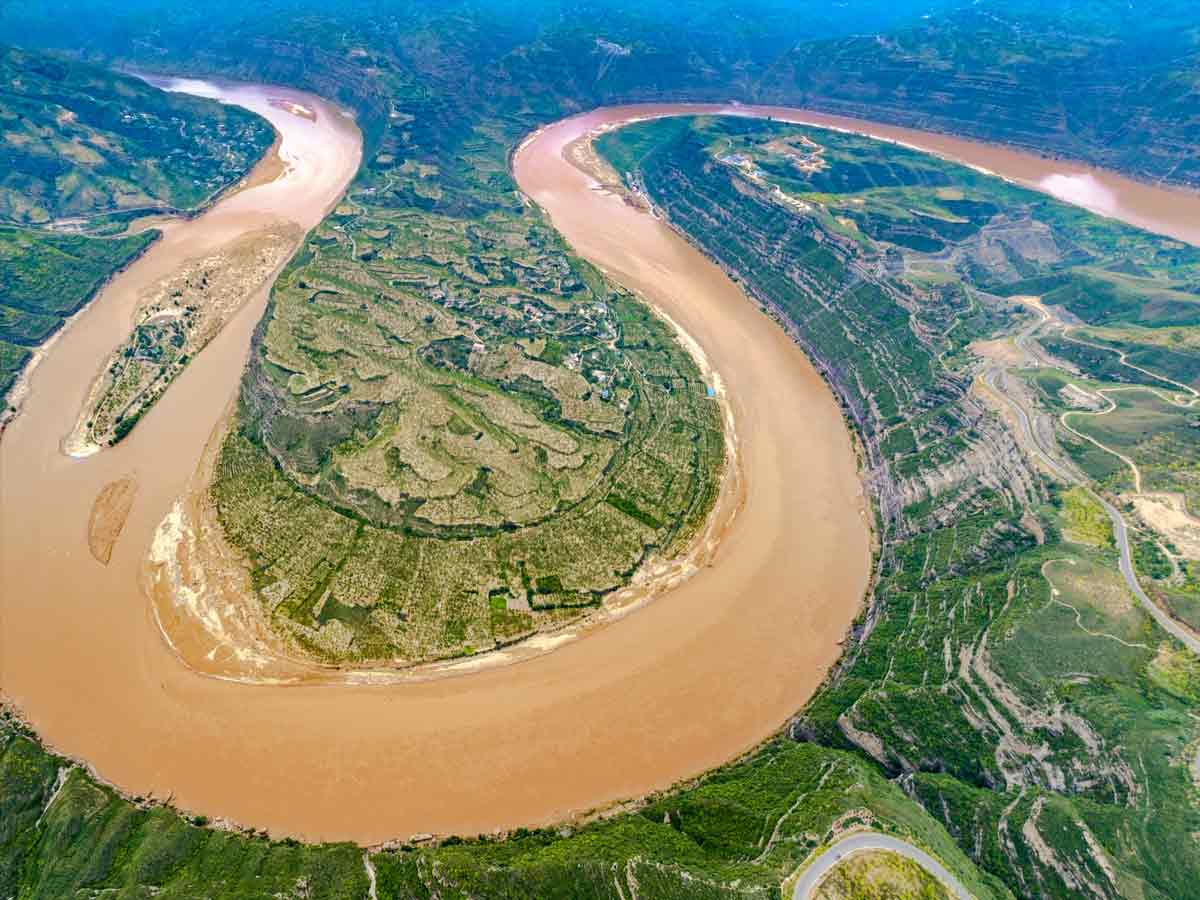
Huang He, also regarded as the Yellow River due to the color of its silt, is Asia’s third-longest/largest River and the world’s sixth-longest and largest River. The river originates and begins in the Bayan Har Mountains in Qinghai province, western China, and is 5,464 kilometers (3,395 miles) long. It then runs through nine areas before draining into the Bohai Sea near Dongying, Shandong.
Because of its importance in the history of Chinese culture, the Yellow River is also known as “the cradle of Chinese civilization.” Human settlements date back to the Paleolithic Era. The fertile flood basins led to the growth of farming societies, which gradually merged with the less-developed settlements along the Yangtze.
The Yellow River was notoriously prone to flooding before modern dams were built. The Yellow River is thought to have flooded 1,593 times and changed its course several times in the nearly 2,540 years preceding 1946 CE. These floods have been described as “China’s Sorrow” and “Scourge of the Sons of Han” and have resulted in the river being dubbed “China’s Sorrow” and “Scourge of the Sons of Han.
7. The Ob-Irtysh River
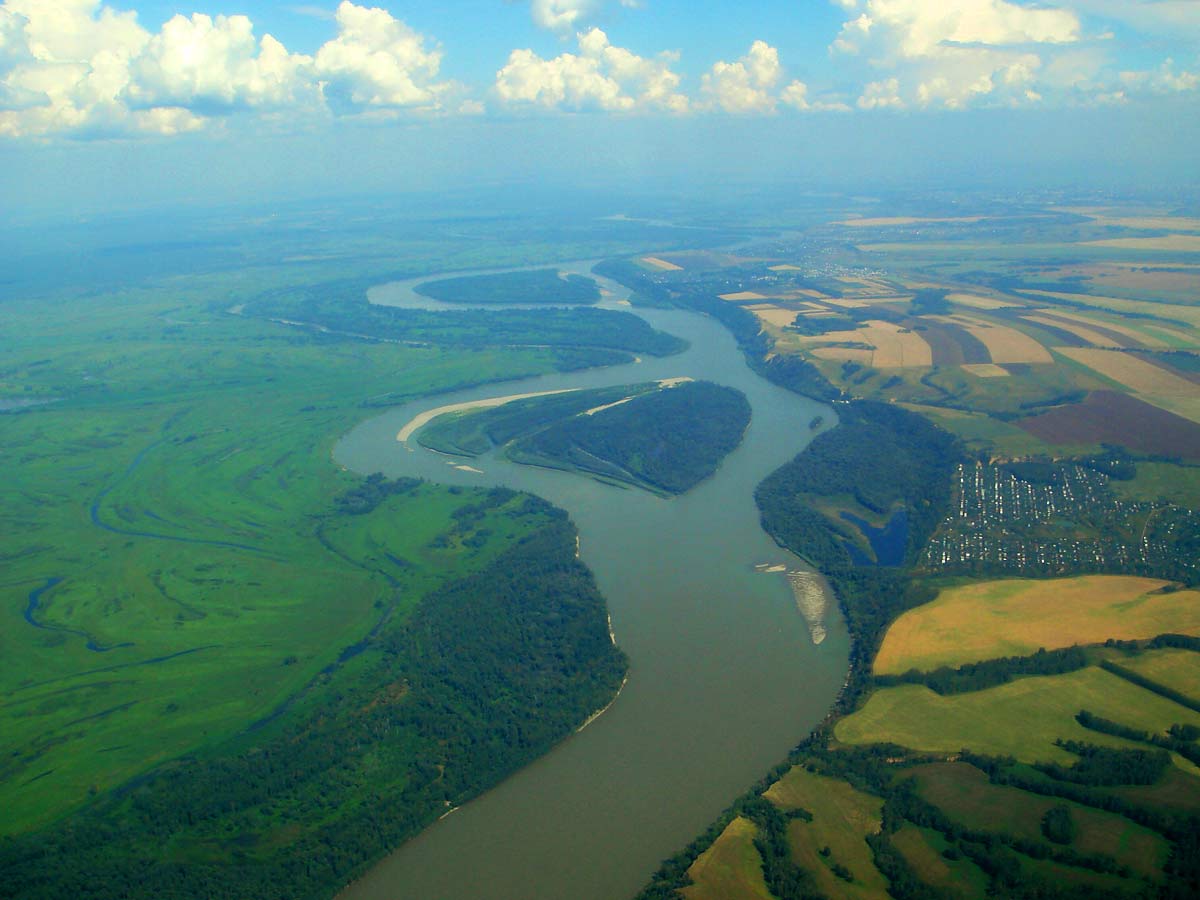
Along with the Yenisei and the Lena, the Ob-Irtysh, also known as the Ob River, is one of the three great Siberian rivers. It runs from the Altas Mountains into the Arctic Ocean.
8. The Parana river
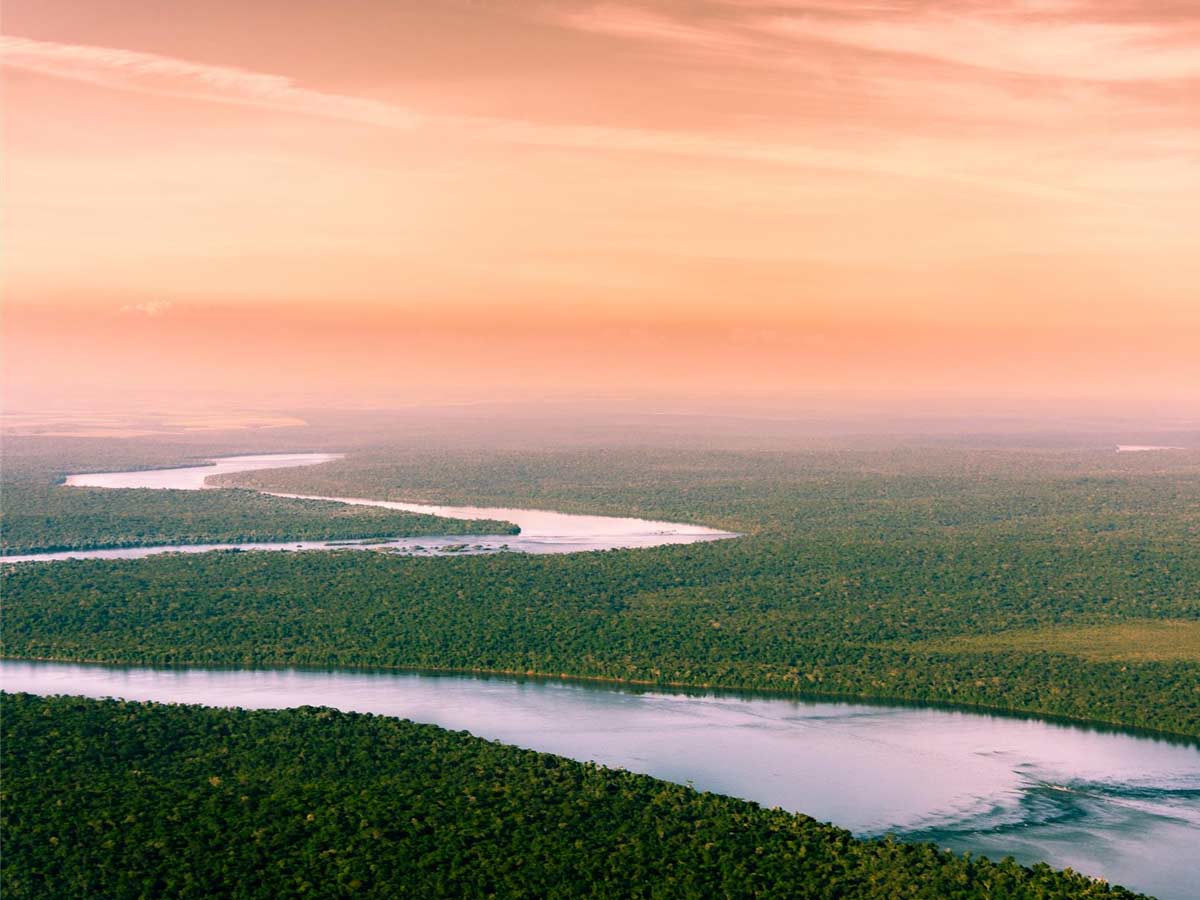
The Parana River in South America is one of the world’s longest rivers and the continent’s second-largest. Its name is an abbreviation of the Tupi phrase para rehe onáva, which means “like the sea.
9. Congo River

With a depth of 230 meters, it is also known as the Zaire River. The Congo River in Africa was named after the Kingdom of Kongo. The river and its tributaries flow through the Congo Rainforest, the world’s second-largest rainforest after the Amazon Rainforest. The Congo River, Africa’s mightiest river, has enormous potential for hydroelectric power generation. The source of these rivers is in the highlands and mountains of the East African Rift, such as Tanganyika and Lake Mweru.
10. Amur River

In Chinese, the Amur River is known as Heilong Jiang, which translates as “black dragon river.” It separates the Russian Far East from Northeastern China. The Amur River, which flows through China and Russia, is a significant emblem of Sino-Russian ties. The Amur area is home to several endangered species, including the Amur leopard. The Amur River is created by the confluence of two rivers, the Shilka River and the Argun River. The drainage basin of the Amur River is nearly 1,844,000 square kilometers, making it the world’s tenth-largest river.





























